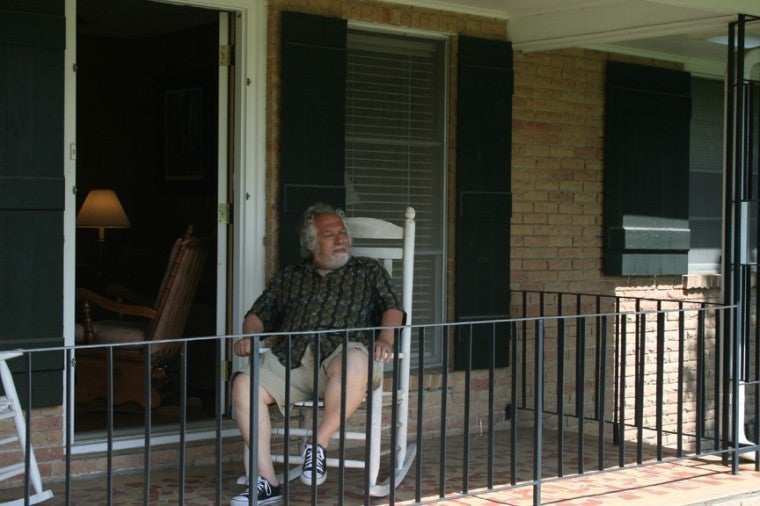Vacherie native tells history of region with a very worldly perspective
Published 12:00 am Saturday, March 31, 2012
By RYAN ARENA
L’Observateur
After one spends a few moments with Vacherie native Colin Gravois, it becomes clear that this is a man with plenty to say and many stories to tell.
Stories so rich, in fact, that they are soon to be captured on film.
Gravois, the brother of Judge Jude Gravois, recently wrapped up narrating work on a film detailing the history of the River Region, specifically Vacherie, Edgard, Wallace and the surrounding areas.
“They wanted me to narrate it and tell the story through my eyes,” said Gravois. “Through the friends that I have and the people that I know.”
The group is aiming to release the film at the New Orleans Film Fest in October.
Gravois’ passion for the project is ever-apparent as he tells of the whirlwind 14 day shooting schedule that began with the arrival the film’s crew from Paris — where, incidentally, Gravois splits his living time with Vacherie. The first day saw Gravois and the crew interview friends of Vacherie native and famous musician Fats Domino, as well as Rick Coleman, the author of “Blue Monday: Fats Domino and the Lost Art of Rock and Roll.”
Two days later, it was on to a five-stop filming day that included, among other things a visit to Whitney Plantation, where the topic turns to slavery; a focus on the Woodville Baptist Church Gospel Services; an interview with Horace and Henry Domino conducted in Creole; and then an interview with Elton Oubre, who wrote a book on the history of Vacherie.
There was also a day devoted to Mardi Gras and a large focus throughout on the area’s musical personalities and influences.
On some stops, Gravois and the crew had to play it by ear. Such was the case when they visited the community of Moonshine. They took a man to find his grandfather’s old house and, upon finding it, came across a man who had taken shelter in the abandoned house.
“We kept knocking to no answer,” said Gravois. “And as we were leaving, this man called to my friend. Once he assured him we weren’t there to take the house back, the man invited him in, and my friend called to me, ‘Colin! Colin!’ And we go inside to make him happy … and he’s an artist. He’s made this artwork out of carving wood, and he’s made these beautiful things.”
Another interesting tidbit Gravois offers deals with Domino. Through his interviews with the friends and family of the pianist, Gravois learned the world may not have ever known — in fact, Fats Domino may have never known — of the musical talent Fats Domino possessed.
“They lived on a plantation, and he saw a piano for the first time almost by accident,” Gravois said. “The man that ran the plantation took his great uncle, Antwan Sr., to New Orleans in 1927. He had a job for him. They moved to New Orleans when Fats was very young. And had they not made that move at that time, he may have grown up on that plantation and never had the exposure to the things he had.”
In all, Gravois hopes the film conveys an interesting and enjoyable journey through the history of an area he loves.
“You have to have conflict in a story. You can’t just say, ‘Oh, it’s so nice,’ and leave it at that. We tried to touch on a number of different topics.”
The crew stayed at Gravois’ house in Vacherie for the 15 days of work — a house that is special in and of itself to Gravois, as he was born in that very house.
Filmmaking is just the latest project for a well-traveled man that counts many things among his interests. Gravois, 69, attended St. James High School and then Nicholls State as a youth before enlisting in the United States Army, serving in Germany. He settled in Paris and became a feature writer for the Herald Tribune-Parish in 1968.
After four years in the journalism profession, he began organizing touristic and cultural events in Paris, an occupation he would grow into. Today, he’s a tour operator for America Forever, a company that organized corporate travel.
In 1975, Gravois began traveling back and forth regularly between Paris and Vacherie. Recently, he’s been able to return to Vacherie three times a year for about six weeks at a time; he looks to transition to six months in Vacherie and six months in France, seasonally. The summers, of course, would be in Paris.
“They’d have to be. Look at me,” he said on a particularly hot spring day. “I look like a crawfish.”





